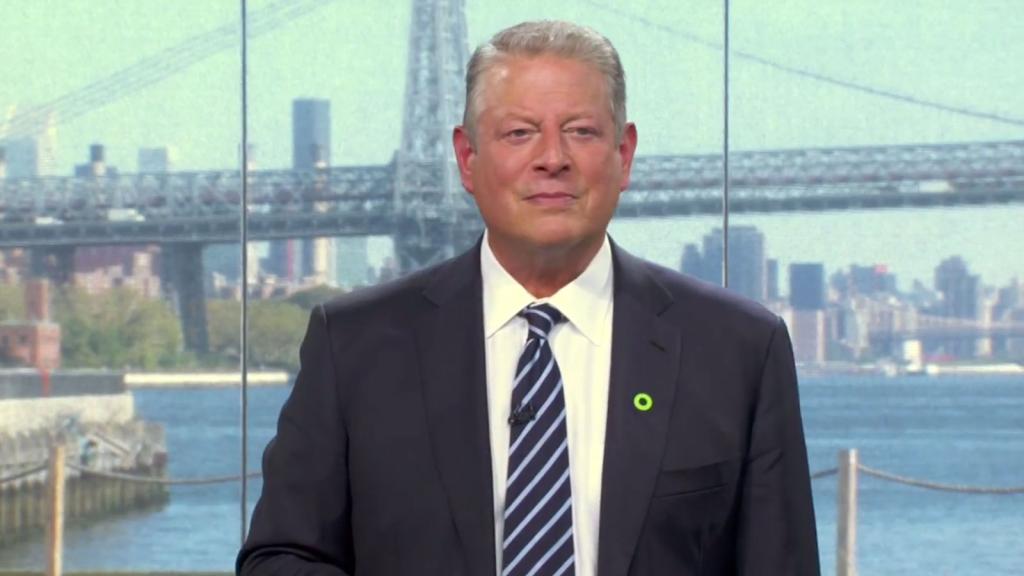On Sept. 22 and 23, the United Nations will host separate daylong conferences on two issues of incalculable importance to the future of humanity: population and climate change. Though the two meetings will take place just one day apart, neither is likely to refer to the other. And that will be a missed opportunity, because scientific research increasingly affirms that the two issues are linked in many ways.
The population gathering in the General Assembly on Sept. 22 will mark the 20th anniversary of the landmark International Conference on Population and Development held in Cairo in 1994. The next day’s summit has been convened by U.N. Secretary-General Ban Ki-moon for government and business leaders to brainstorm ideas for addressing climate change.
The coincidence of these meetings occurring a day apart offers a teachable moment for the global decision-makers gathering in New York. Actions to promote the well-being of women might produce mutually reinforcing benefits in both areas.
Population, the lives and status of women, and climate change are rarely linked at the United Nations — or in any other intergovernmental conversations, for that matter. Intuitively, it’s easy to understand that the growth of world population from 1 billion people at the start of the Industrial Revolution to 7.3 billion today has something to do with the accumulation of carbon dioxide and other greenhouse gases in the atmosphere.
But most of the climate change the world is currently experiencing stems from decades of carbon-intense development by the world’s wealthier countries. These countries’ populations are growing much more slowly (and in a few cases not at all), compared to those of poorer countries with low greenhouse-gas emissions. So what’s population got to do with climate change today?
That’s a question researchers are beginning to answer. Published science presents growing evidence for climate-population linkage that is complex, far more nuanced than the conventional “rich-versus-poor” debate, and worth working to understand.
The Family Planning and Environmental Sustainability Assessment, a project of the Worldwatch Institute, is assembling an international group of researchers to help evaluate recent scientific evidence on how family planning might contribute to environmental sustainability — and long-term human well-being. Our objective is to widen and diversify the scientific discussion, while helping to clarify population-environment linkages for better public and policy-maker understanding.
We are in the early days of this work, but already some conclusions are emerging that are germane to this week’s two U.N. meetings. One is that the body of international research on climate and population is reasonably extensive, and it is growing. Much of this literature is published in peer-reviewed journals, not only in the United States and Europe but in developing countries. Researchers take the linkage seriously and explore multiple aspects of it. The output goes well beyond how population growth might affect emissions. Some papers explore how human density, distribution, and numbers influence adaptation to climate change and contribute to interactions between climate and such critical issues as future food security and freshwater availability.
In just the last five years, scientific reports (such as this peer-reviewed paper and this think-tank report) have suggested that feasible differences in future population growth could make for significant differences in future emission rates. Economic development is anticipated to increase per-capita emissions even in currently low-emitting countries — as demonstrated by the experience of India and China. That makes near-term population growth rates significant for long-term emission trends.
On a more positive note, one recent think-tank study suggests that recent reductions in fertility in Brazil, China, and some other countries help explain why global deforestation has slowed — and thus contributes a lower share of global greenhouse gas emissions today than in the past.
And recognition of such links is not restricted to researchers. Many governments of least-developed countries themselves recognize population size or density as impediments to climate-change adaptation, as noted by these two peer-reviewed studies.
A case study in Ghana concluded that gender also matters to adaptation. (Samuel Codjoe, coauthor of this post, is also a coauthor of the Ghana study.) As women gain power in their societies — for example, through education and the capacity to decide for themselves whether and when to have children — they may be able to enhance the resilience of those societies in the face of a rapidly changing climate.
Though our project has much work ahead to assess the scientific evidence on this linkage, what we have seen so far at least suggests that the United Nations and other world bodies would do well to open both minds and conference venues to the question of how population and climate might influence each other.
Population growth and global warming are both likely to continue for many decades. Yet both trends can be slowed through programs that improve reproductive and sexual health while helping women make their own choices about childbearing. It makes sense to see how the trends relate, and to what extent improved reproductive health and family planning access might carry mutual and synergistic benefits in both the population and climate arenas.
—–
Robert Engelman, former president of the Worldwatch Institute, now directs the Institute’s Family Planning and Environmental Sustainability Assessment. Samuel Codjoe is director of the Regional Institute for Population Studies at the University of Ghana, and a collaborating researcher in the assessment.



